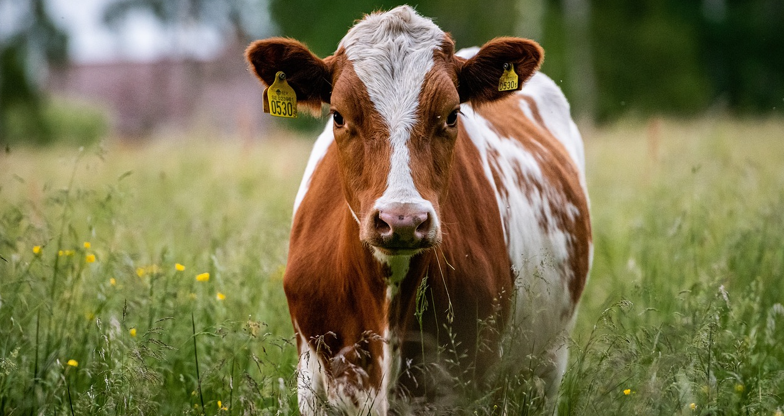Live animal exports look set to return, but not without new ‘gold standard’ requirements to protect animal welfare and safety, Federated Farmers says.
National, ACT and NZ First all committed during election campaigning to reversing the ban on live exports and putting enhanced animal welfare standards in place. The new government has confirmed its intention to lift the ban, and trade could resume by mid-2024.
Federated Farmers dairy chair Richard McIntyre said Federated Farmers had pushed for this move, and he was pleased the government would be following up on the campaign commitment.
McIntyre said live exports were a significant earner for farmers when domestic market and environmental conditions, such as droughts, are unfavourable.
Live exports have earned New Zealand around $300-$400m a year, which jumped to $524m last year with the ban on the horizon.
The previous government’s 2021 Regulatory Impact Statement noted: “…livestock exports make a small but important financial contribution to individual farmers by helping diversify their income streams.
“In addition to fetching premium prices, if export cattle are sold as yearlings, farmers can receive an earlier than normal return on investment.”
In the 10 years to 2021, around 5000 farmers across all regions of New Zealand had supplied breeding cattle for export, the Regulatory Impact Statement said.
McIntyre said Federated Farmers welcomed stronger welfare standards.

andards for animal welfare on-farm, and we expect the same with exported animals. This is about protecting our international reputation, but it’s also about maintaining our reputation here in our communities.”
In October, a 1News Verian poll found 51 per cent of Kiwis wanted the live export ban, which came into effect in April, 2023, to continue. Some 30 per cent wanted to see the trade resume with increased animal welfare and safety standards, while 6 per cent wanted the practice to restart with no new requirements, and the rest ‘didn’t know’.
McIntyre said the poll highlighted that New Zealanders valued high standards of animal welfare.
But he said the average New Zealander was not likely to be aware of the live export industry-initiated ‘NZ Gold Standard’ animal welfare precautions put forward as a caveat on any re-start of cattle and sheep being shipped live from our shores.
“Often with these surveys, how the question is framed and what context those surveyed are provided with, has a big bearing on the answers.
“With live exports, it’s important for people to understand what the Gold Standard would look like, and how far ahead of the rest of the world Kiwi farmers already are – and will continue to be.”
It was also important people understood New Zealand live cattle exports were entirely for breeding purposes, he said.
“People sometimes confuse live cattle exports with the live export for religious slaughter trade, which New Zealand won’t be doing.”
Live Export NZ (LENZ) Chairman Mark Willis describes the Gold Standard animal welfare criteria, including post-arrival care and sustained monitoring in the animals’ country of destination, as unmatched internationally.
Few countries matched the pre-voyage and voyage animal welfare standards the New Zealand trade employed before the ban, let alone the enhancements now proposed, he said.




